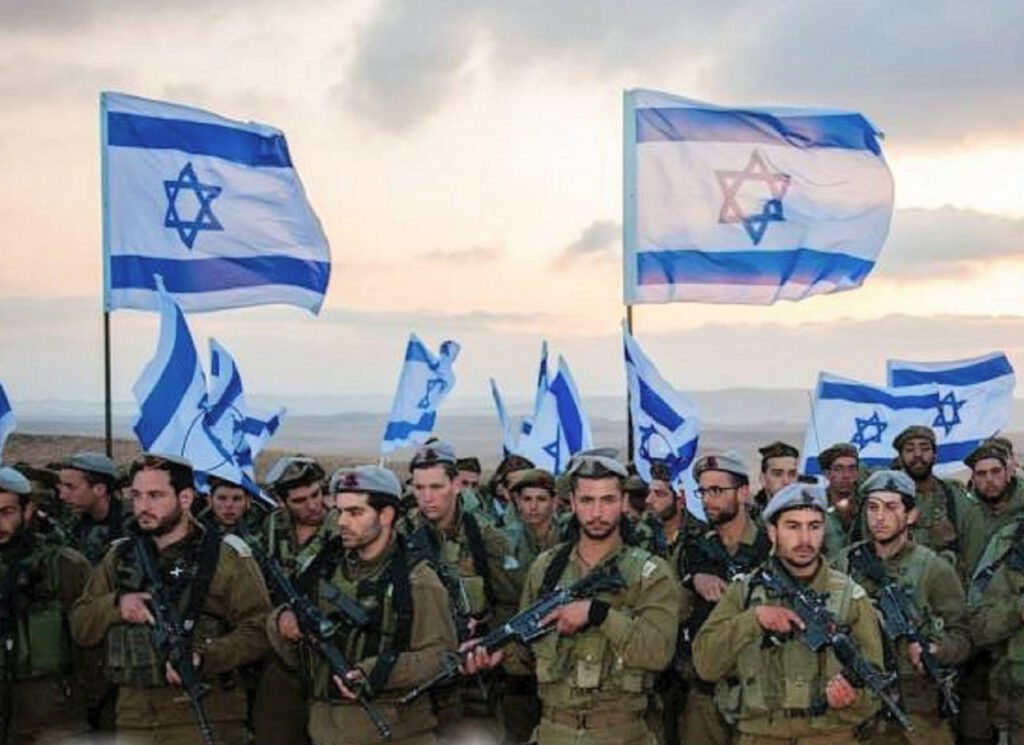Bemidbar – בְּמִדְבַּר Torah Portion

Bemidbar – בְּמִדְבַּר – “in the wilderness”
This short article was created with the help of AI tool and has been reviewed by a translator.
WITH GOD’S HELP!
Hope You have a good week!
This week, 27 Iyar – 4 Sivan 5785 (25 – 31 May 2025) the people of Israel read the weekly Torah chapter: 34. Bemidbar – Bemidbar (Numbers) 1:1-4:20 Hebrew for “in the wilderness”
Parashat Bemidbar (בְּמִדְבַּר), which translates to “In the Wilderness,” is the first weekly Torah portion in the Book of Numbers (Sefer Bamidbar). Here’s a comprehensive overview of its key themes, structure, and significances:
Overview and Structure
- Chapters Covered: Parashat Bemidbar includes Numbers chapters 1:1 through 4:20.
- Setting: The narrative takes place during the Sinai wilderness, shortly before the Israelites begin their journey toward the Promised Land after having received the Torah.
Key Themes
- Census of the Israelites:
- The portion opens with God instructing Moses to conduct a census of the Israelite community.
- The counting is specifically of males aged 20 and over, who are eligible for military service, emphasizing the importance of organization within the community.
- Total Count: The total number of men counted is approximately 603,550, not including the Levites.
- Tribal Organization:
- Each tribe is assigned a specific place in their encampment around the Tabernacle.
- The four main camps consist of:
- Judah, Issachar, Zebulun (East)
- Reuben, Simeon, Gad (South)
- Ephraim, Manasseh, Benjamin (West)
- Dan, Asher, Naphtali (North)
- The Role of the Levites:
- The Levites are set apart for duties connected to the Tabernacle. They serve as guards and caretakers, reflecting their unique dedication to sacred responsibilities.
- The family structure within the Levite tribe is described, specifically focusing on the roles of the descendants of Kohath, Gershon, and Merari.
- Instructions for the Camp:
- Specific instructions are given regarding the setting up and dismantling of the Tabernacle, highlighting the process of moving through the wilderness.
- The presence of the Divine with the Israelites is emphasized, guiding them through the pillar of cloud by day and the pillar of fire by night.
Liturgical Significance
- Parashat Bemidbar is typically read on the Sabbath prior to the festival of Shavuot.
- It marks a transition from the narrative of the Torah’s giving at Sinai to the practical aspects of living in accordance to those laws and preparing for the journey ahead.
Additional Insights
- Themes of Leadership and Accountability: The census and organization reflect the themes of leadership, community responsibility, and the establishment of societal structures that allow for holiness and order among the people.
- Spiritual Preparation: The careful arrangements and roles serve as a reminder of the importance of preparation for spiritual service, ensuring that the Israelites are ready to face challenges in the wilderness.
Summary of Key Points
- Parashat Bemidbar highlights the organization of the Israelite community, the role of the Levites, and the logistics surrounding the Tabernacle.
- The census signifies the importance of each individual within the greater community, emphasizing communal responsibility.
- It serves as a prelude to the upcoming journey and challenges, illustrating themes of divine presence, order, and purpose in their wilderness experience.
Overall, Parashat Bemidbar sets the foundation for the events that follow in the Book of Numbers, focusing on the structure and order within the community as they embark on their transformative journey.








